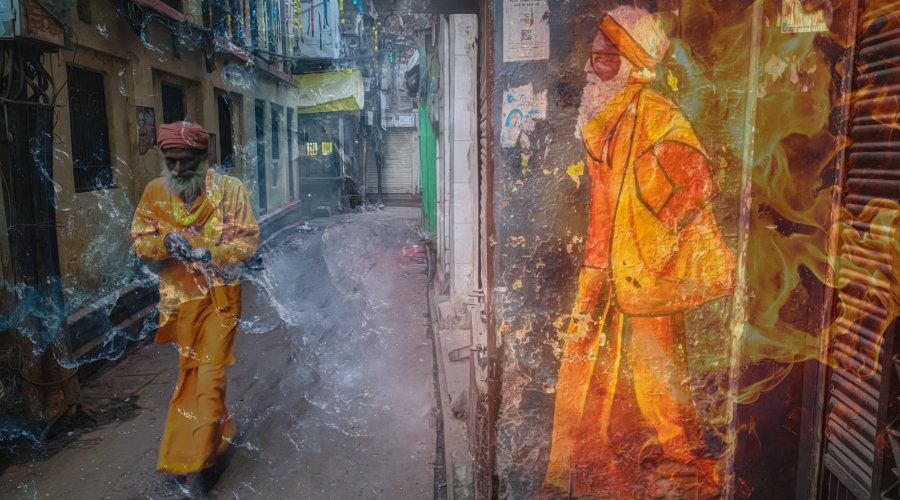When careers stop making sense and old answers no longer fit, what comes next? In this intimate interview, Katya Georgieva shares her journey through HR, coaching, motherhood, and moments of deep recalibration, and how those experiences led to the creation of Career Reset. A story about conscious pauses, inner clarity, and the courage to move forward without having everything figured out. If you’ve ever felt successful yet misaligned, driven yet exhausted, this conversation might be the one you didn’t know you needed.
EVERY NEWS YOU HEAR MAY GIVE YOU A DIFFERENT PERSPECTIVE

As the world changes, so does the way we seek meaning and growth. Once dominated by psychology, therapy, and coaching, the personal development field is now expanding. Discover how and learn why true transformation requires both science and soul.

We’re told to always ‘think outside the box’, but what if the smartest move is choosing the boring, obvious solution? What if creativity isn’t about endless originality, but about knowing when not to use it? Discover how ordinary answers can protect your creativity and keep it alive when it matters most.

Advocacy is more than powerful pitches and polished networking. It’s also the hidden inner work that fuels confidence, resilience, and impact. This unique article explores new research on Bulgarian female entrepreneurs.

You’re standing atop a quiet hill, holding a glowing gem in your hands. It’s warm, humming softly. Your task is clear: deliver it...

I've fallen-hard.In relationships. In leadership. In trying to do the right thing and failing anyway. I've stayed in situations far past their expiry...


